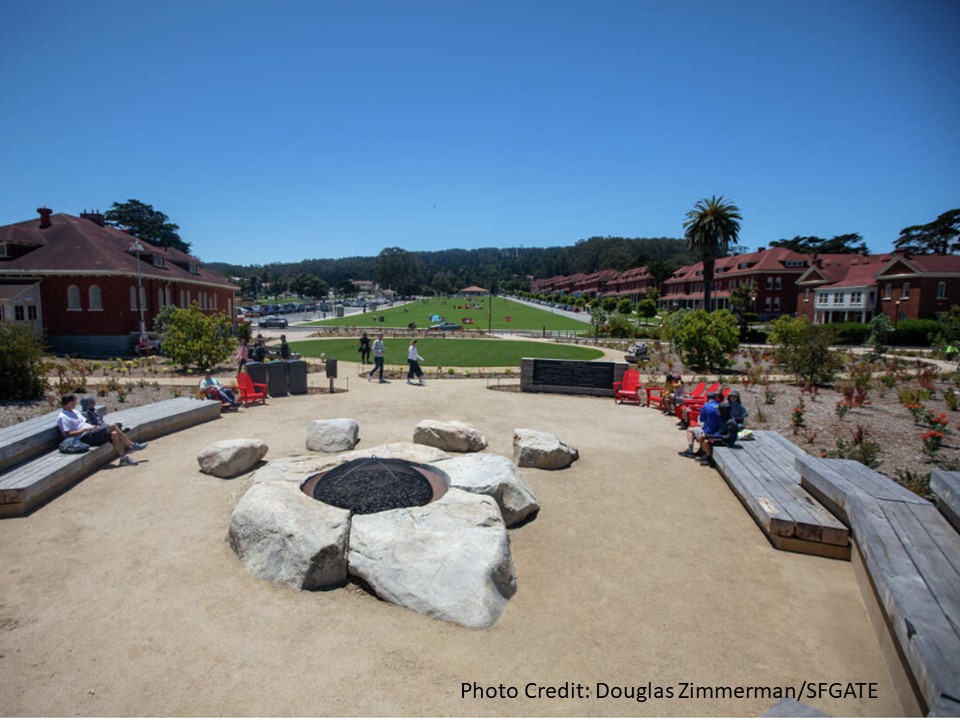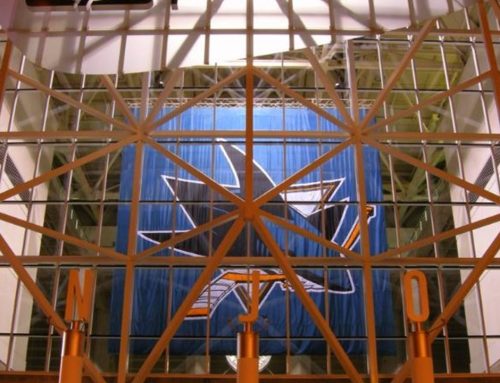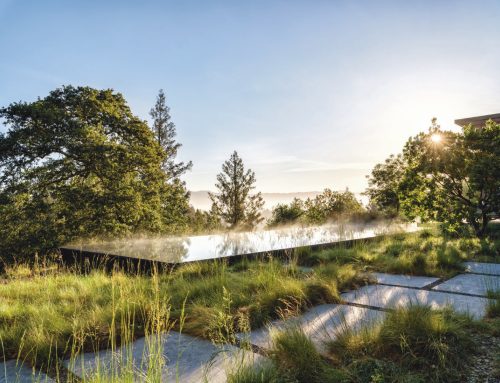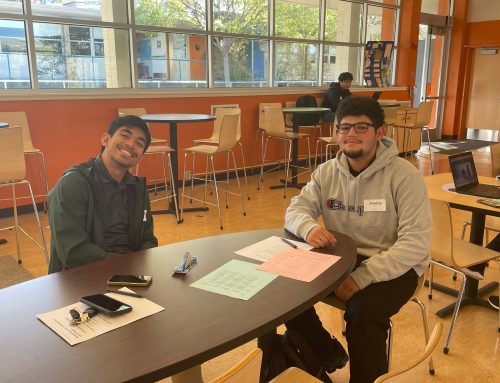by Tessa McLean, SF Gate
Staring out at the Golden Gate Bridge on a sunny summer morning as fog swept slowly through the towering orange beams, a shudder of anger ran through me. This sweeping vista from the new Tunnel Tops park had not only been obscured from pedestrians for decades — the land severed a connection to the bay from one of the most unique national parklands in the country.
Sure, there are plenty of other places to get a good look at San Francisco’s most iconic landmark, but for nearly 100 years, this view belonged only to passing cars, military members, the occasional event attendees and patrons of a Burger King. Yes, a Burger King.
We’ll get back to the Burger King, but as visitors lounged on benches made of fallen cypress trees from the Presidio and children climbed on play structures made of wood and stone, nothing looked overtly shiny and new. Freshly planted native plants and carefully curated, landscaped paths blended into the scenery, putting the focus on, instead, what a city park can be. And surely, the best part about Tunnel Tops is that you likely won’t realize you’re walking on top of a tunnel at all.
This isn’t to undermine the beauty of the park or all the work that went into making it a truly special place for San Franciscans. But beneath all that beauty, quite literally, is the importance of transformative urban infrastructure, celebrating greenspace over cars — or at the very least finding a harmony in which the two can coexist. You just have to seize the opportunity.
In January 1989, the U.S. Army announced it would exit the Presidio. Later that year, one of the biggest earthquakes the city had ever experienced hit, forcing city officials to reexamine the future of Doyle Drive freeway, which had bifurcated the land for years. As the military base became part of the Golden Gate National Recreation Area and the area transformed, the vision for Tunnel Tops began to take shape, albeit slowly.
“The Burger King with the best view” was demolished in celebration. James Corner Field Operations, famed for its creation of New York City’s High Line, was chosen as the design partner on the project. The community was asked to weigh in, and more than 10,000 people contributed their opinions. The Golden Gate National Parks Conservancy raised $98 million and the Presidio Trust contributed $20 million.
After more than 20 years of planning, plenty of bureaucratic delays and one pandemic, Tunnel Tops park officially opens to the public Sunday, allowing visitors to walk through the Presidio and down to Crissy Field and the beach below. The separate areas that once felt so distinct are now seamlessly blended together. It’s almost surprising how close they always were.
While there’s plenty to explore in the 14-acre space for adults — don’t miss the campfire circle — the land is largely set aside for children. A two-acre play area designed to embrace safe risk-taking and crafted from natural materials decries brightly colored plastic playgrounds everywhere and emphasizes the importance of what can be learned from the nature around us.
Nearby, the Field Station allows kids to learn indoors, reminiscent of a free interactive museum where kids can immerse themselves in science and exploration. The Crissy Field Center and learning labs are next door, making additional space for kids and families. There will be plenty of programming at the park, the first on display being the inaugural art exhibition from Favianna Rodriguez, honoring the Ohlone Ramaytush and their ancestral homeland.
The new park also has plans to solve another persistent problem — the lack of food and drink options in the area. With daily food trucks spanning offerings from specialty coffee to empanadas to craft cocktails, visitors will no longer need to leave the area for a meal and instead can while away the hours on one of the expansive meadows. There are even reservable picnic areas, some of which include grills.
The grand opening comes just months after the adjacent six-acre Battery Bluffs Park made its debut, cementing the area as destination-worthy for residents and tourists alike.
As I made my final loop around the park, I wandered over near where you can peer down on the passing traffic below. I turned my back to the bridge and glanced back toward the city. The Palace of Fine Arts was in full view to the east, while the Transamerica Pyramid and Salesforce Tower loomed over the city skyline as I scanned. Turning my eyes southward, the tip of Sutro Tower jutted out from the fog.
Tunnel Tops will undoubtedly be coveted by tourists for that Golden Gate Bridge view, but for the residents, the best view may be behind you. Read the article on sfgate.com






